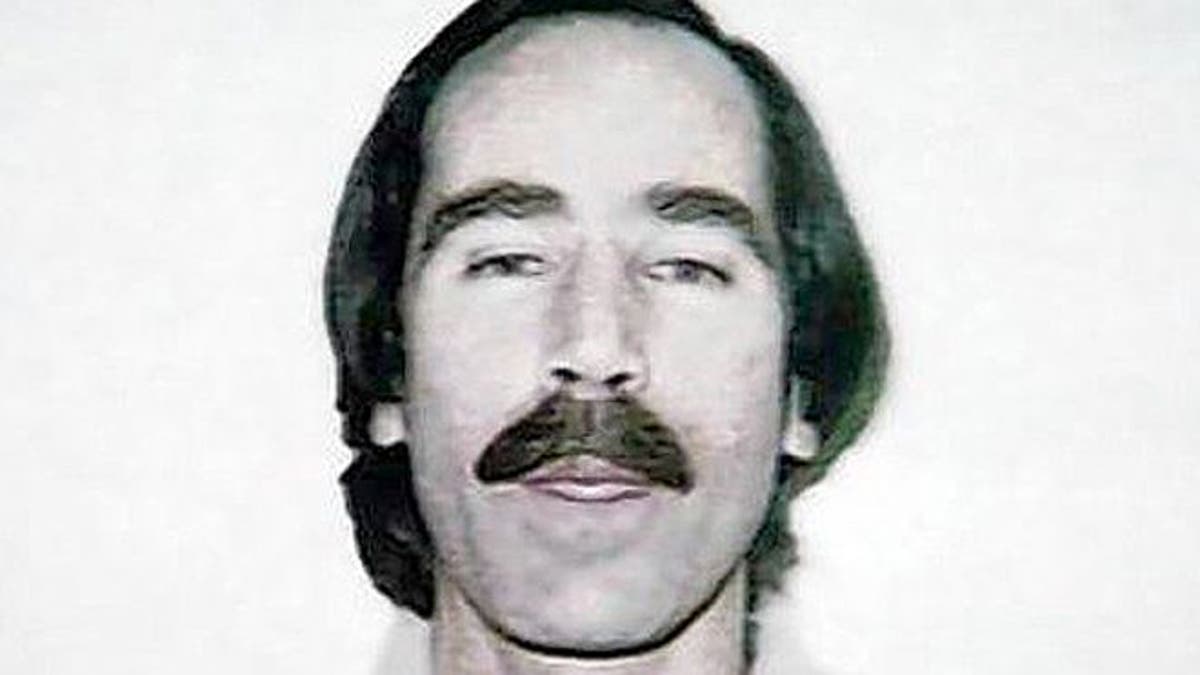
Christopher Hubbart, a sexually violent predator dubbed the 'Pillowcase Rapist,' has spent nearly two decades in mental institutions after admitting to sexually assaulting more than three dozen women throughout California between 1971 and 1982.
Residents of a Southern California community are protesting a judge's decision to allow an admitted serial rapist who attacked 38 women to live in their neighborhood when he's released from prison.
A judge in Santa Clara County announced last week that serial rapist Christopher Hubbart could potentially live in the Antelope Valley community of Lake Los Angeles upon his release, which could take place as early as December.
Hubbart, 62, has admitted to raping 38 women in California between 1971 and 1982, often placing pillowcases over the heads of his victims to quiet their screams.
[pullquote]
District Attorney Jackie Lacey said in a statement that her office will work with law enforcement to ensure Hubbart is closely monitored. A formal hearing on the matter has been scheduled for Dec. 4.
Santa Clara County Judge Gilbert Brown ruled last week that Hubbart tentatively will be housed at 17132 Laredo Vista in Lake Los Angeles after he's released from custody. The public has until Nov. 29 to submit comments about the suitability of the proposed location to Judge Brown. A website has been established to accept those comments.
Judge Brown will hold a public hearing on Hubbart's proposed residence at the Santa Clara County Court and anyone wishing to address the judge directly will be allowed to do so, according to the Los Angeles County District Attorney's Office.
In August, the California Supreme Court denied Los Angeles County's appeal to stop his release and his specific relocation to Los Angeles County, which could occur by December.
"He is a serial predator who is not suitable to be living in a civilized society walking the streets," Los Angeles County Supervisor Mike Antonovich told KABC.com, adding that he is worried Hubbart strike again even with the required ankle monitor.
A landlord in Lake Los Angeles has agreed to rent a home to Hubbart that complies with a state law prohibiting sex offenders released from prison from living within 2,000 feet of parks and schools, KCAL-TV reported.
Residents have staged a protest outside of Hubbart's proposed home and have circulated a petition challenging his possible release into the community.
“How am I supposed to be able to go into my bedroom and lay down at night and go to sleep, knowing that he could come in?” Nichole Stone told KCAL-TV. “There are people talking around town about how they want to burn the house down with him inside of it.”
Kayla Irwin, whose family lives across the street from the proposed home, told the station she's considering opening a daycare facility so that, by law, Hubbart would not be able to move in.
“Let’s go through with it because then he can’t live here if we’re going to do a daycare,” she said.
Lake Los Angeles is adjacent to Palmdale.
Lacey, who has called Hubbart a “significant threat to public safety,” petitioned the state Supreme Court in July to block Hubbart’s release, but her request was rejected in late August without comment.
"We aggressively pursued and exhausted all legal avenues to stop the release of sexually violent predator Christopher Hubbart to Los Angeles County," Lacey said in a statement in August. "We now are committed to working with our law enforcement partners to ensure that all terms and conditions of Hubbart's release from custody are strictly enforced. We will do everything within our power to keep all members of our community safe from harm."
Lacey detailed Hubbart’s long history of sexually violent acts in her petition to the court, describing how Hubbart broke into homes to watch women while he was just a teenager.
“He first sexually assaulted a woman when he was a senior in high school; he reached out and touched her breast as she was walking by,” the petition read. “He repeated that type of assault seven or eight times before 1971, and about eight to nine times after he started college in 1971. He would sometime follow women home.”
Then, in 1972, Hubbart committed up to 26 assaults that year, all of them in the Los Angeles area.
“He would drive around in the early morning and look for homes that had garage doors open, indicating the man of the house had gone to work,” the petition continued. “He would also look for children’s toys, believing that mothers would be protective of their children and more likely to cooperate with him. He would bind the women’s hand and cover their faces, then sexually assault them.”
Hubbart was later released from a state hospital in 1979 after doctors determined he longer posed a threat to the public, a federal appeals court ruled. He then moved to the San Francisco area, where he attacked more women there and in Sunnyvale before being convicted and re-committed to a state hospital. He was later paroled in 1990 and was sent back to state prison after attacking a female jogger.
FoxNews.com's Joshua Rhett Miller and The Associated Press contributed to this report.
Click here for more from KCAL-TV.

